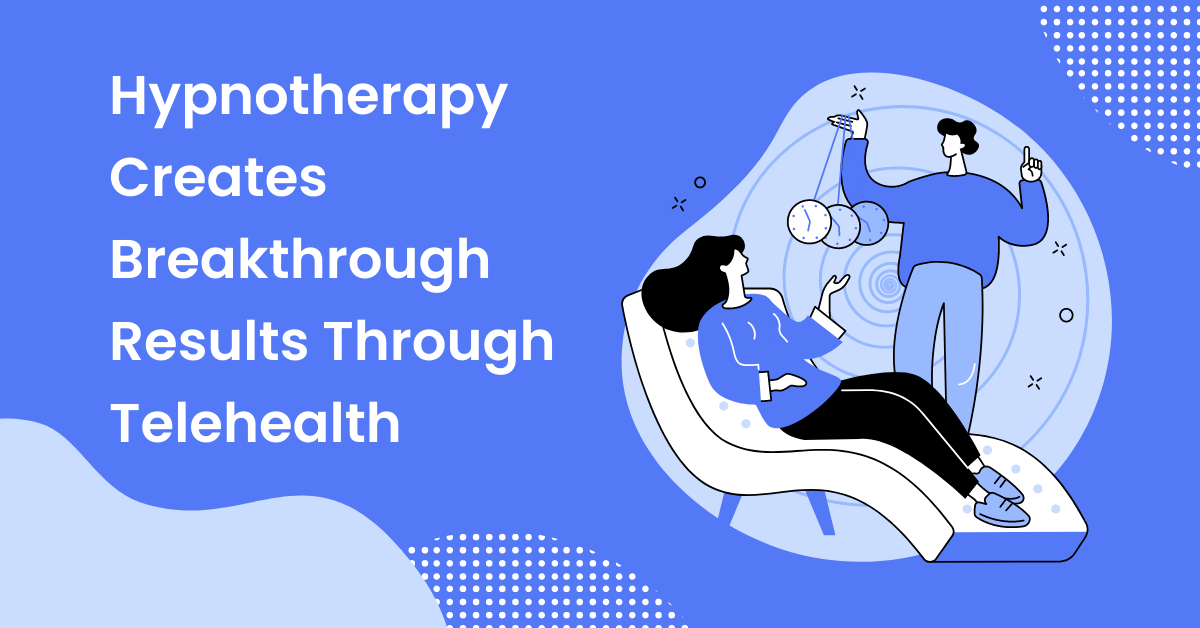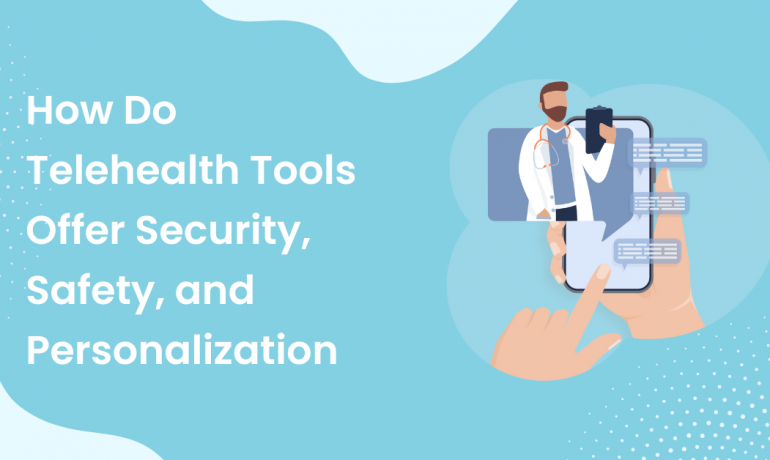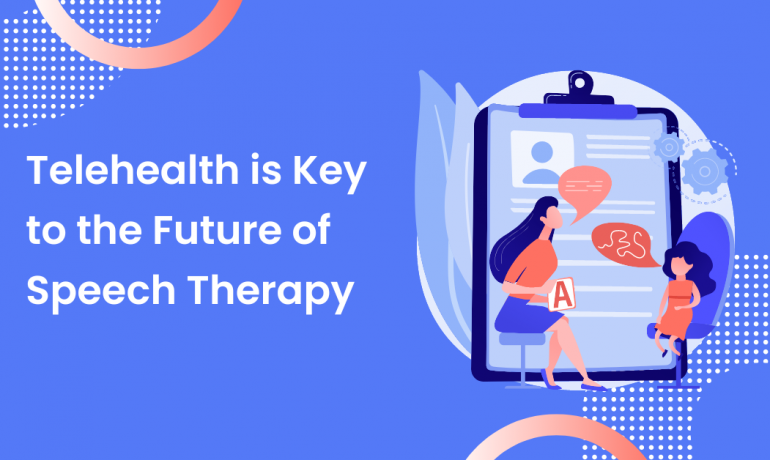Hypnotherapy is already interesting and effective in a typical in-person setting, but what happens when hypnotherapy is moved to a virtual setting? Read on to find out more about how hypnotherapy is used in person versus virtually, as well as what the benefits are of combining hypnotherapy and telehealth.
About In-Person Hypnotherapy
What exactly is hypnotherapy? Hypnotherapy allows the therapist to tap into the client’s subconscious. By doing so, hypnotherapists are able to influence their clients’ thoughts. Sounds magical, doesn’t it? Despite how out-of-this-world hypnotherapy may sound, it is still based on the science of psychology.
Hypnotherapy first originated in ancient times. However, it didn’t become widely practiced until roughly 1770. It is incredible how a practice with such a long history is still used to this day!
Who can benefit from hypnotherapy? Hypnotherapy is great for such issues as weight loss, emotional problems, and insomnia. Strangely enough, hypnotherapy even works for physical ailments like cancer and joint pain, as it can ease the anxiety and perception of pain in patients with such problems. A fun fact is that warts are easily cured by hypnotherapy! Hypnotherapy really can work wonders, can’t it?
However, there are some patients who should not consider hypnotherapy. For instance, psychosis and personality disorders cannot be treated through hypnotherapy.
How does in-person hypnotherapy work? Before the hypnosis begins, the client and therapist must come to an agreement ahead of time regarding what kind of dialogue the therapist will be using with the patient during the hypnosis in order to subconsciously influence his or her mind. Patients are placed into a hypnotized state, and it is the therapist’s job to get the patient into this state of mind by getting them to become very relaxed. This is similar to the state of mind that we often find ourselves in while daydreaming.

In this state, the analytical part of the mind is no longer in use, letting the subconscious and the patient’s instinctual side take over. This is important, as sometimes our subconscious mind thwarts every conscious effort we make to change our behavior. Therefore, gaining access to the subconscious mind is imperative when it comes to helping patients overcome their challenges.
It may sound as though this hypnotized state of mind leaves the client powerless, but that is definitely not the case. Rather, the patients are able to enter their normal state of mind at any given point. To put it into perspective, think about the last time you daydreamed. Weren’t you still in control of your own mind and able to snap back into reality? In this way, patients do have power over their own minds.
After the hypnosis, the therapist will ask the client about what he or she learned from the session. This helps to make sense of the hypnosis and whatever the client experienced internally during it.
Clients are also encouraged to engage in self-hypnosis outside of their regular sessions in order to get the most out of therapy. They can do this by focusing on an object in the room while also focusing on their breathing. This will get them into a hypnotized state, and from there they can use visualization in order to think about an imaginary but peaceful place. Patients can even use self-hypnosis apps outside of therapy.
About Virtual Hypnotherapy
Of course, virtual hypnotherapy requires that the therapist learn how to use the video conferencing platform that the therapy sessions will take place. This is the main difference between in-person hypnotherapy and virtual hypnotherapy.
Other than this major difference, there is not much else that differs between in-person hypnotherapy and its virtual counterpart. The therapist can still speak to the client (and the therapist can even play recordings over the video conferencing platform) while tapping into the client’s subconscious mind. The therapist must attentively watch his or her screen in order to gauge the client’s emotions during the process of hypnosis. Overall, the therapist does not drastically alter his or her methods. Instead, the therapist still continues to conduct hypnosis and discuss with the client his or her thoughts on the hypnosis.
Although some may lament the loss of being able to get to know patients in person, virtual hypnotherapy still has benefits that in-person therapy does not. For example, clients who would otherwise not have access to hypnotherapy due to being too far away from a hypnotherapist’s office can now access telehealth services and receive the positive effects of hypnotherapy. In addition, virtual hypnotherapy is convenient for both patients and therapists, as it enables them to operate from the comfort of their own homes without the hassle of a commute to contend with.
The Benefits of Going Virtual
Hypnotherapy, a form of therapy that has been around since ancient times and can help patients make sense of their inner worlds, is still useful today in our digital world. In these modern times, we have found a way to advance hypnotherapy by moving it to a virtual space. All in all, virtual hypnotherapy is essentially no different from its in-person counterpart. In fact, it is better in some ways, with increased access to hypnotherapy for patients and greater convenience. What’s not to love about that?
This video provides insight into what it is like to administer virtual hypnotherapy. According to the hypnotherapist in the video, there may be some minor drawbacks to virtual hypnotherapy, such as time delays or not being able to sense the client as well through sight, smell, and hearing.
However, he feels that this type of therapy translates particularly well to a virtual space due to the fact that this therapy is focused on what the client is thinking about within his or her own mind. The client’s inner world can be accessed regardless of whether or not the client is in person. Virtually, the therapist is still able to tap into the client’s memories, beliefs, and thought processes. This makes hypnotherapy quite effective when implemented in a virtual space.





